After a years worth of AI software programming, investor meetings and flights to Texas, the AeroMed Lab finally has workable prototype. Funny story… I read a paper by Dr. Aaron Epstein roughly a year ago titled “Putting Medical Boots on the Ground.”
And that paper scared the hell out of me. The practical upshot of the paper was that MEDEVAC birds were a thing of the past - an evolutionary dead end in LSCO or Large Scale Combat Operations. The war in Ukraine proved that a near-peer adversary would not cede control of the sky and allow wounded to be evacuated. Wounded would need to remain in place until they could be evacuated by ground ambulance.
The inability to perform air MEDEVACs is a huge problem that will result in the preventable deaths of soldiers. Roughly 80% of all battlefield casualties are caused by Hemorrhagic Shock. If a soldier gets to a field hospital within one hour where they can receive whole blood, they stand a far greater chance of surviving their injury. This is called the Golden Hour. Last year, when I was at the Texas Cyber Summit, Professor Cody Hatfield of the University of Texas at Dallas, reached out to me about an idea he had for a company. This company would extend that that Golden Hour for as long as possible by delivering blood to the casualty until they could be evacuated. This became the seed of the AeroMed Lab, and I joined the company. The drones would have to be 100% autonomous with no radios that could be jammed. The drones would also have to navigate to the casualty and back by compass and image recognition since GPS would likely be degraded when fighting against a near-peer threat. Finally, the drones would have to pitch their cargo onto a standard US Army VS17 signal panel. Since the calculations for kinetic delivery would be performed by AI, the software could also “toss” the package into a window or the opening of a bunker. This would allow the medic to retrieve the blood without leaving the (relative) safety of their casualty collection point.
This past week, the AeroMed Lab spent four days doing field testing in Portales, New Mexico. Roughly half of the work was flight testing of the drone. The other half was testing the packaging engineering. Would the packaging keep the blood cold and prevent damage to the IV bag? Would the individual red blood cells survive delivery? The good news is that the packaging performed admirably. So what’s next? The next step is to find someone who will give the company $1.6 million dollars to continue development. We need to move to a larger office, hire an electrical engineer and two more programmers , as well as develop a third prototype with more range and payload capacity. If you want to donate toward this goal, you can do so here. If you are an accredited investor, you can learn more about the company at AeroMedLab.com You're currently a free subscriber to The official Ryan McBeth Substack. For the full experience, upgrade your subscription. | ||||||||||||||||||||||||||||||||||||
Search thousands of free JavaScript snippets that you can quickly copy and paste into your web pages. Get free JavaScript tutorials, references, code, menus, calendars, popup windows, games, and much more.
Thoughts About AeroMed Lab and Drone Blood Delivery
Subscribe to:
Post Comments (Atom)
Top 3 UX Design Articles of 2024 to Remember
Based on most subscriptions ͏ ͏ ͏ ͏ ͏ ͏ ͏ ͏ ͏ ͏ ͏ ͏ ͏ ͏ ͏ ͏ ...
-
code.gs // 1. Enter sheet name where data is to be written below var SHEET_NAME = "Sheet1" ; // 2. Run > setup // // 3....

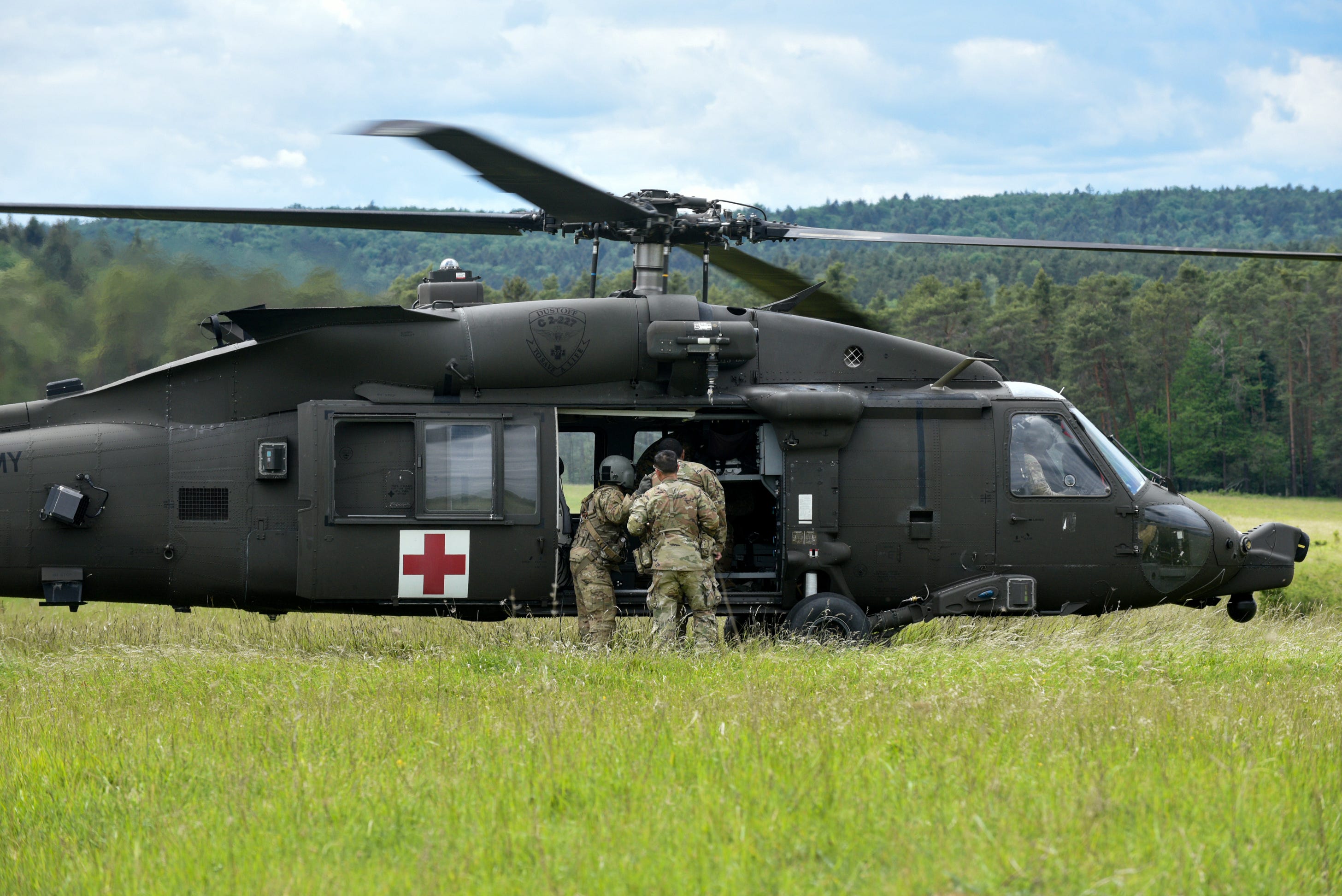
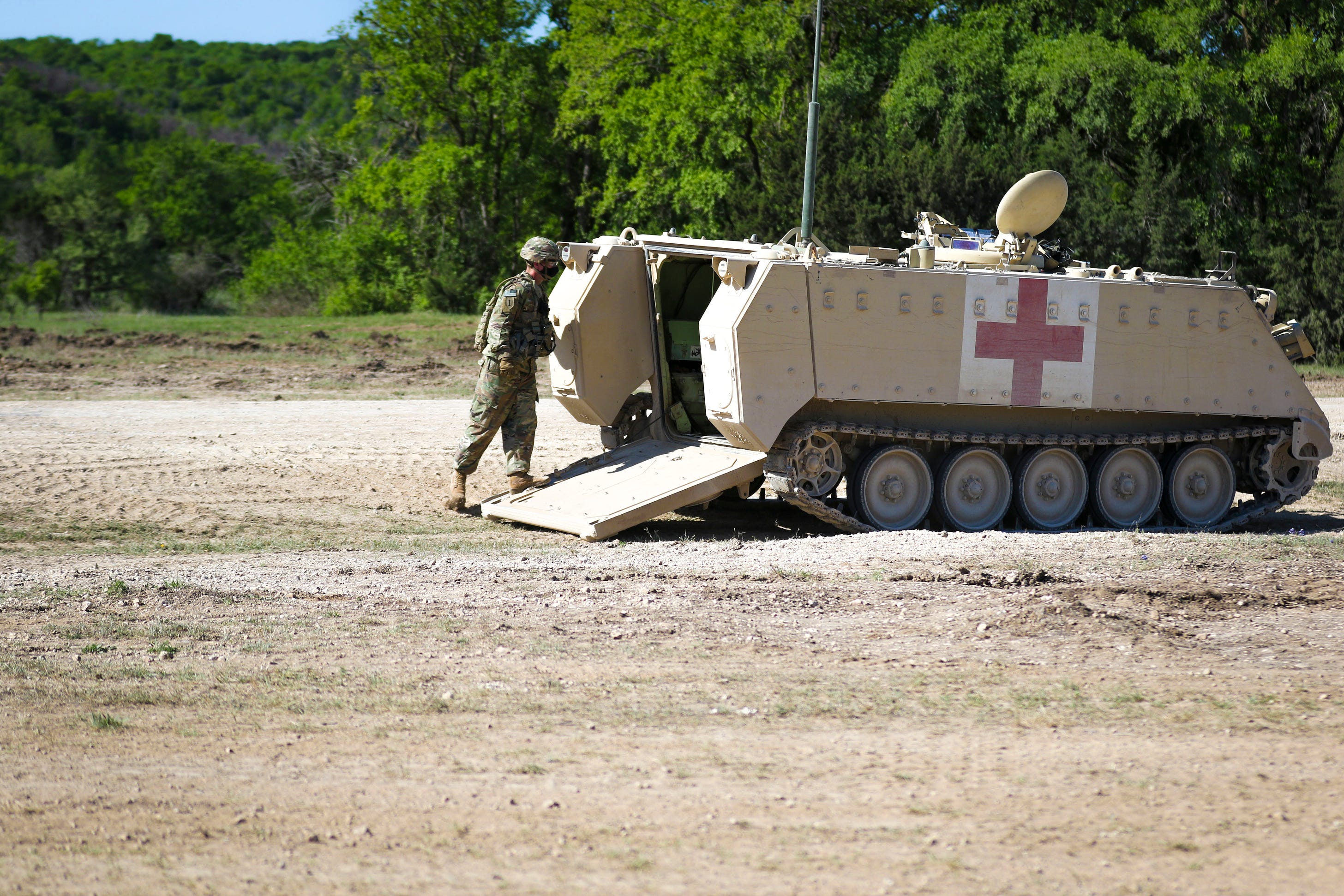
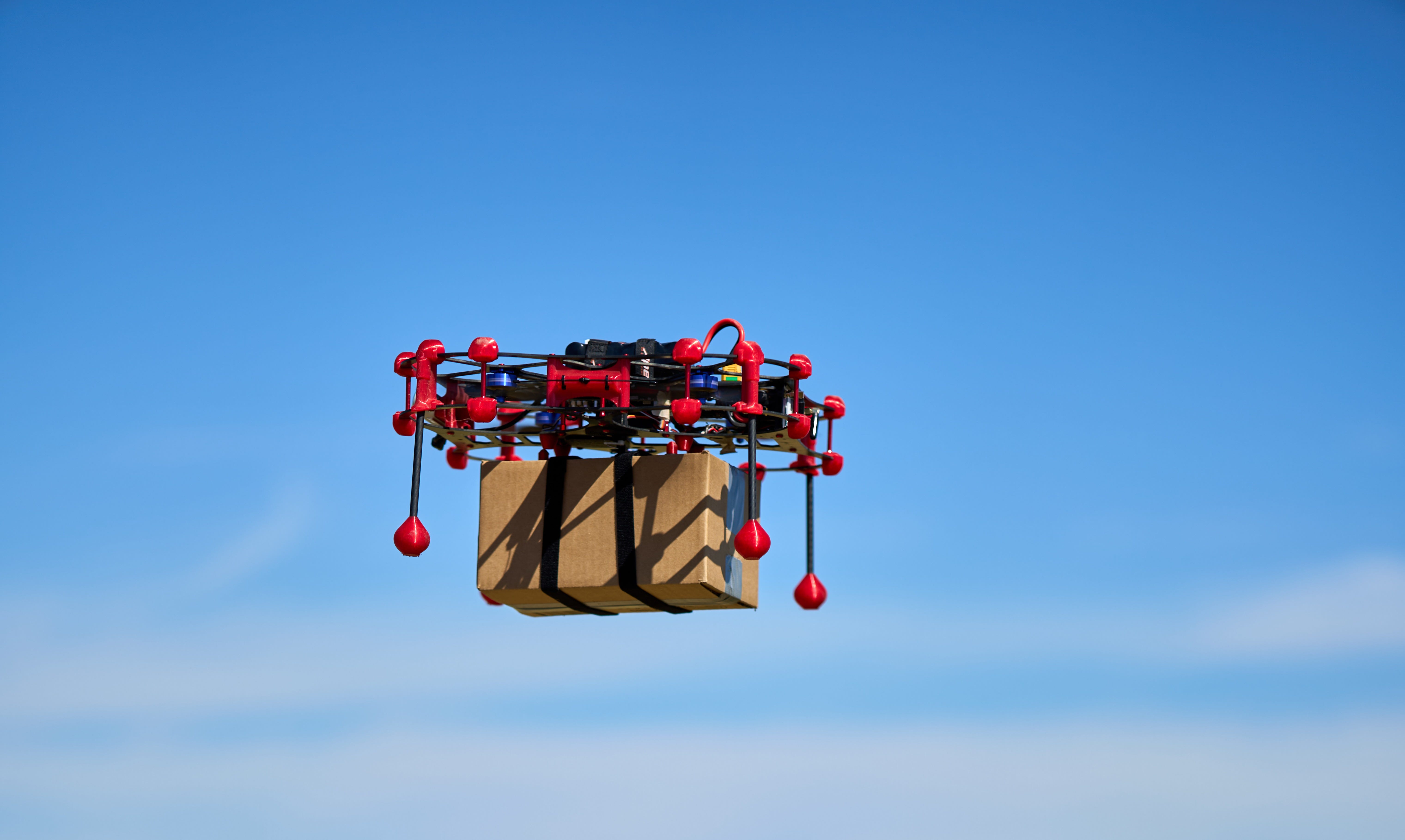
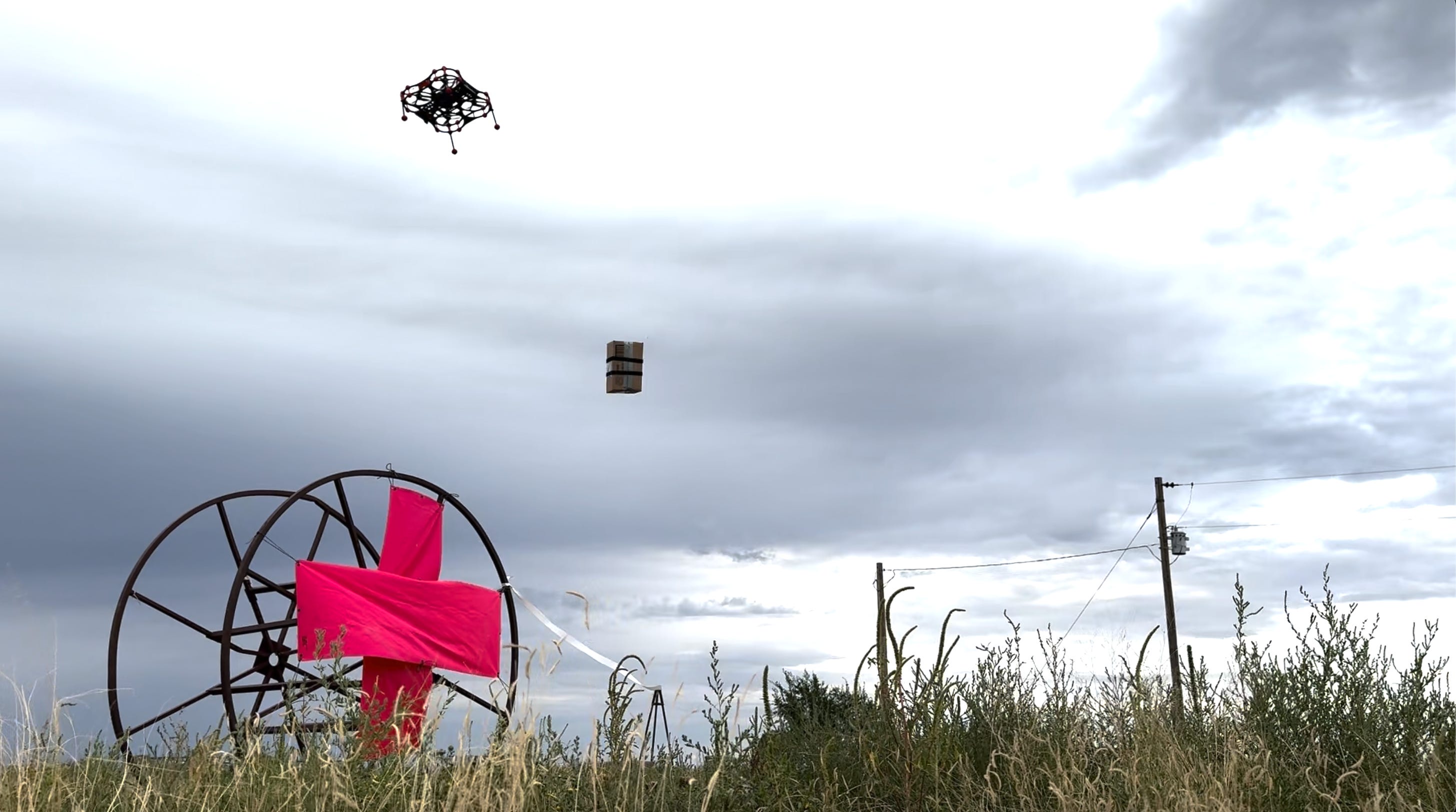
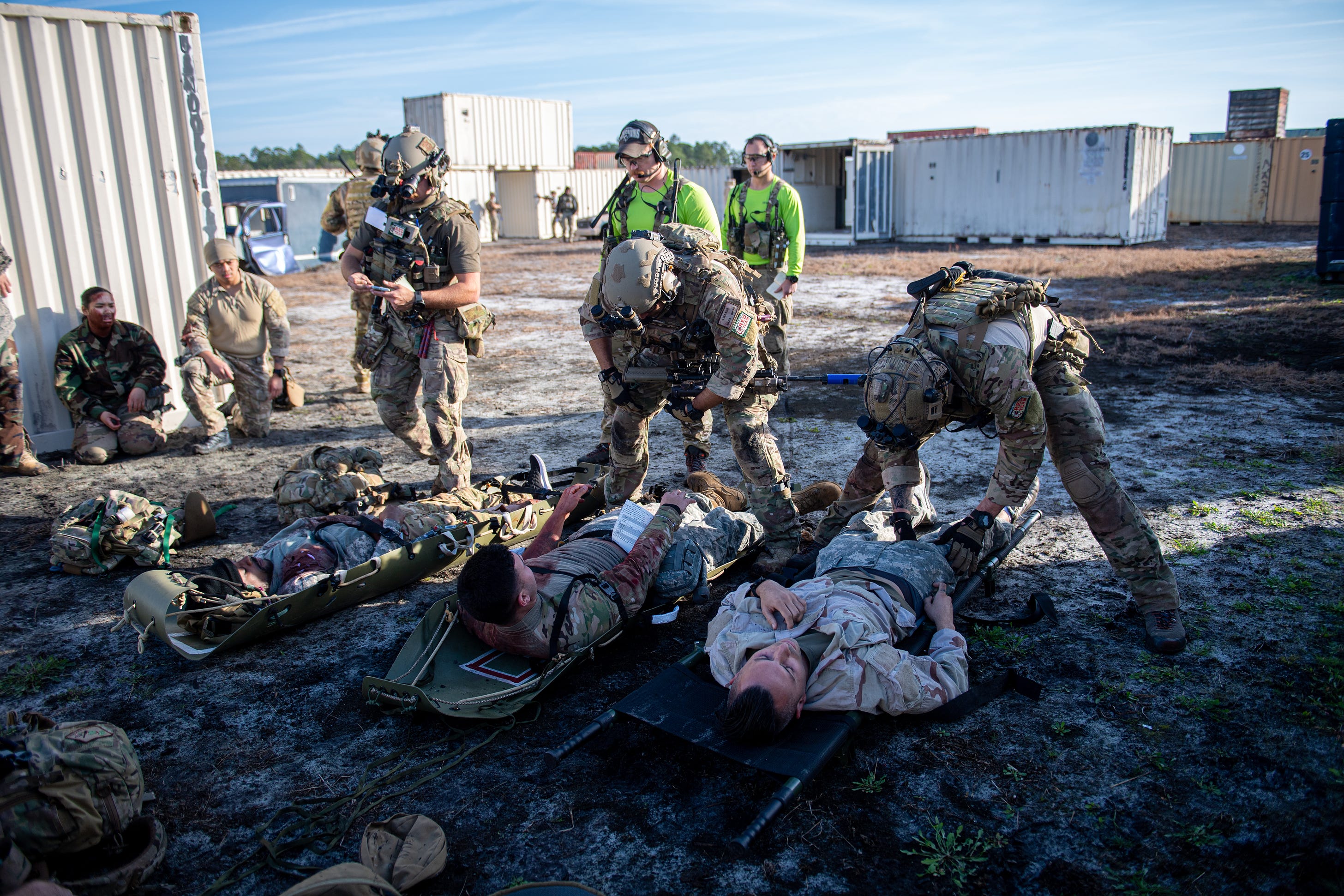
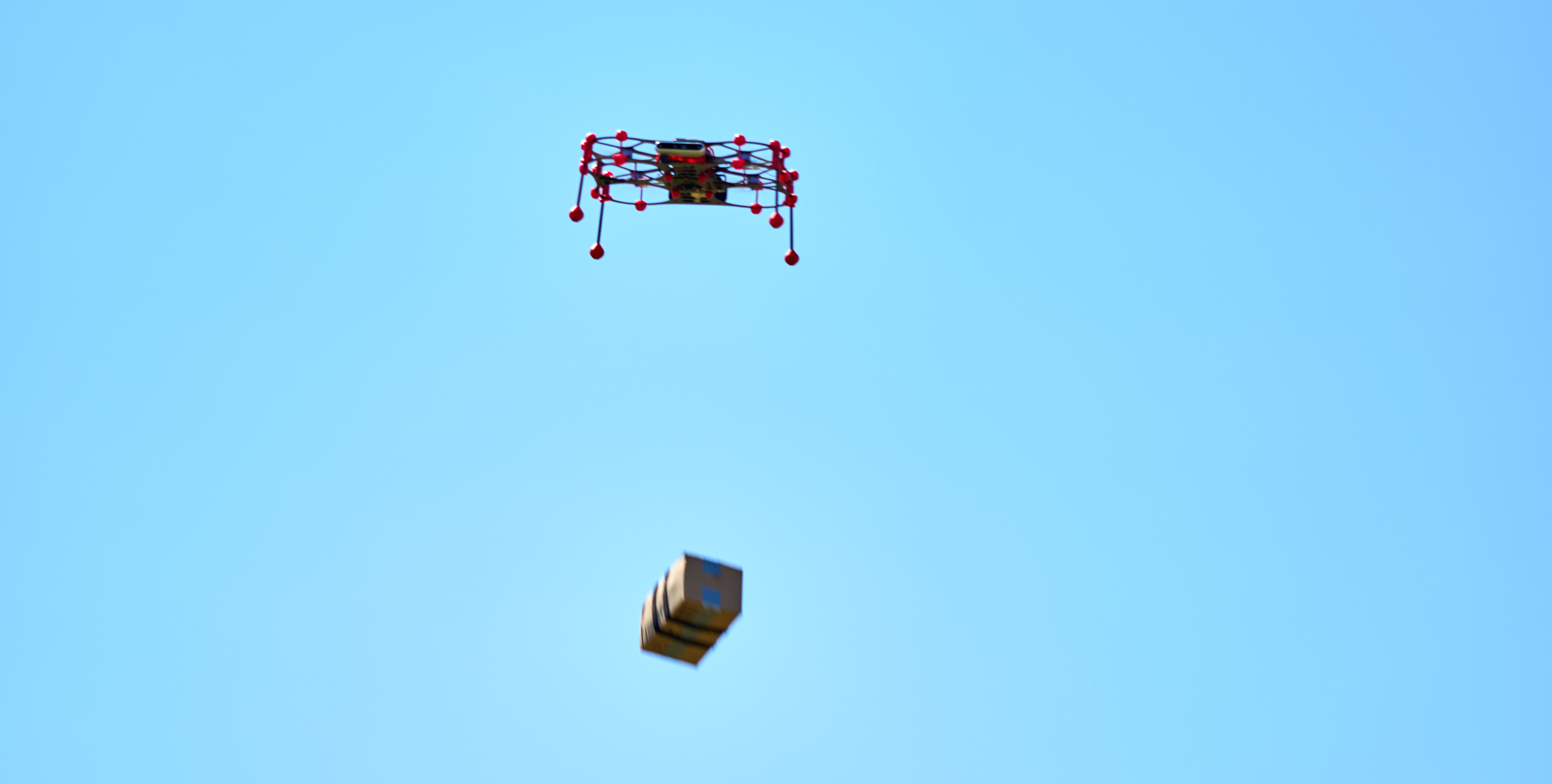
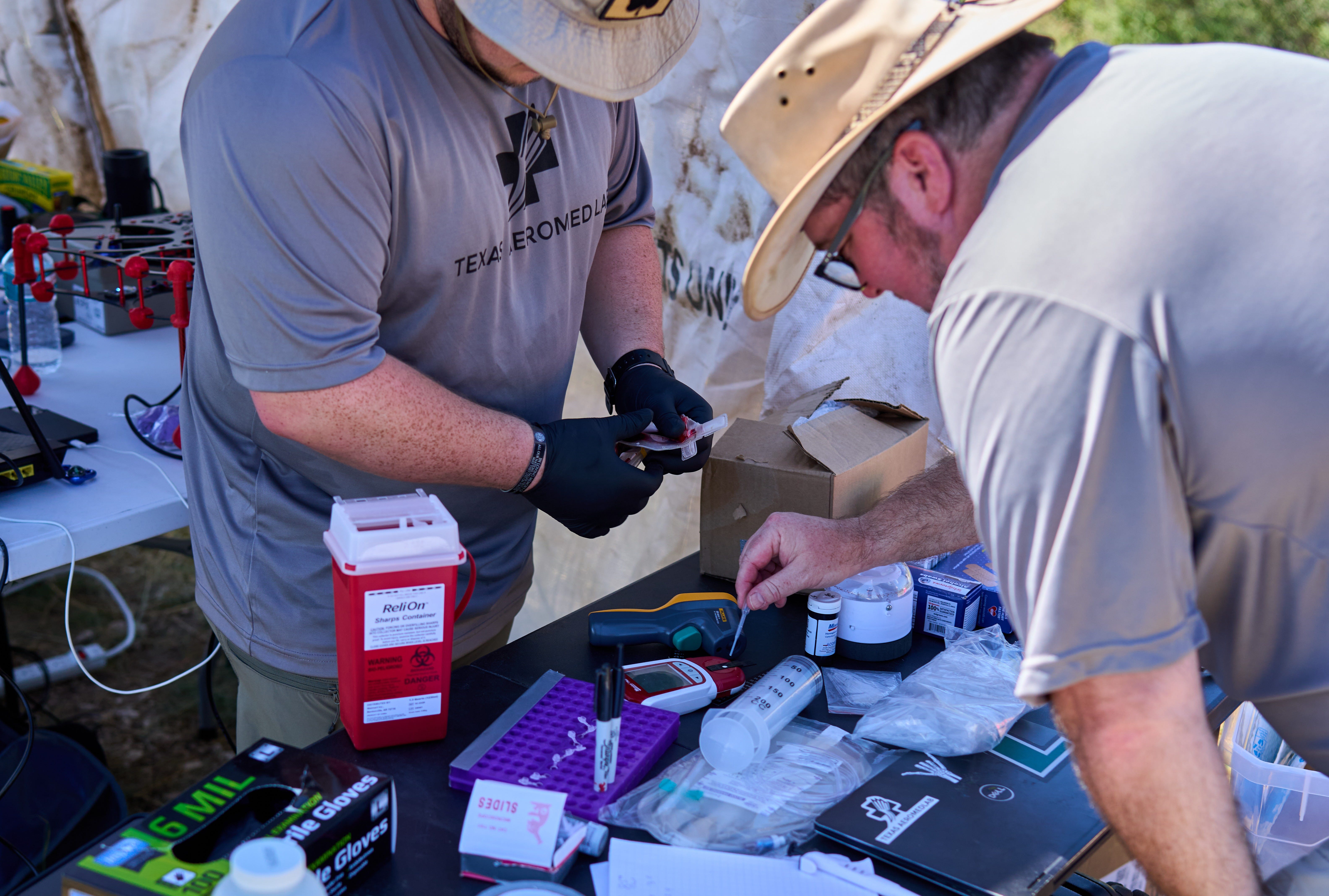
No comments:
Post a Comment